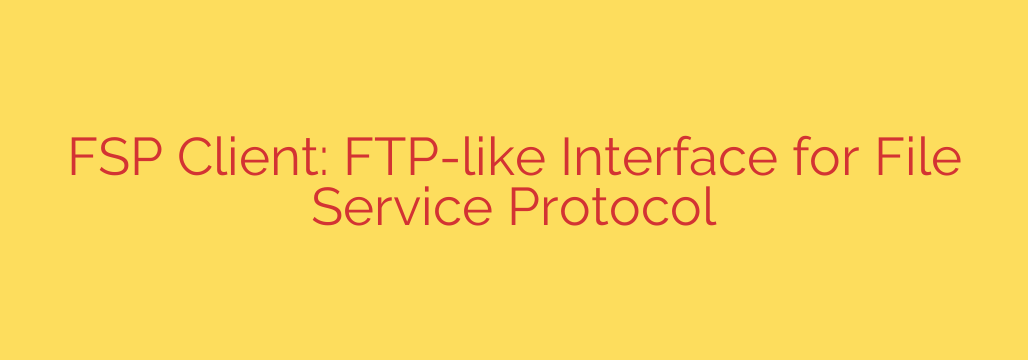
Accessing files over a network often requires specialized tools. While protocols like FTP (File Transfer Protocol) are widely known and used, alternative protocols exist, offering different advantages. One such protocol is the File Service Protocol (FSP).
For users familiar with FTP’s command-line or graphical interfaces, transitioning to an FSP client can be seamless, especially when the client offers an interface designed to mimic the look and feel of traditional FTP software. These FSP clients provide an intuitive, FTP-like interface that simplifies the process of connecting to FSP servers and managing files.
The familiar interface means users don’t have to learn an entirely new system from scratch. They can typically use similar commands or navigation methods for tasks like listing directories, downloading files, uploading files, and deleting items on the remote server. This ease of use is a significant benefit, reducing the learning curve and allowing users to be productive quickly.
By presenting the File Service Protocol through a well-established interface paradigm, these clients make this alternative protocol more accessible to a broader audience. Whether you’re dealing with specific types of servers that utilize FSP or exploring different file transfer options, an FSP client with an FTP-like design offers a convenient and efficient way to interact with remote file systems. This familiarity ensures that managing files over FSP connections is as straightforward as using the popular FTP protocol.
Source: https://www.linuxlinks.com/fsp-client-ftp-like-interface-file-service-protocol/








